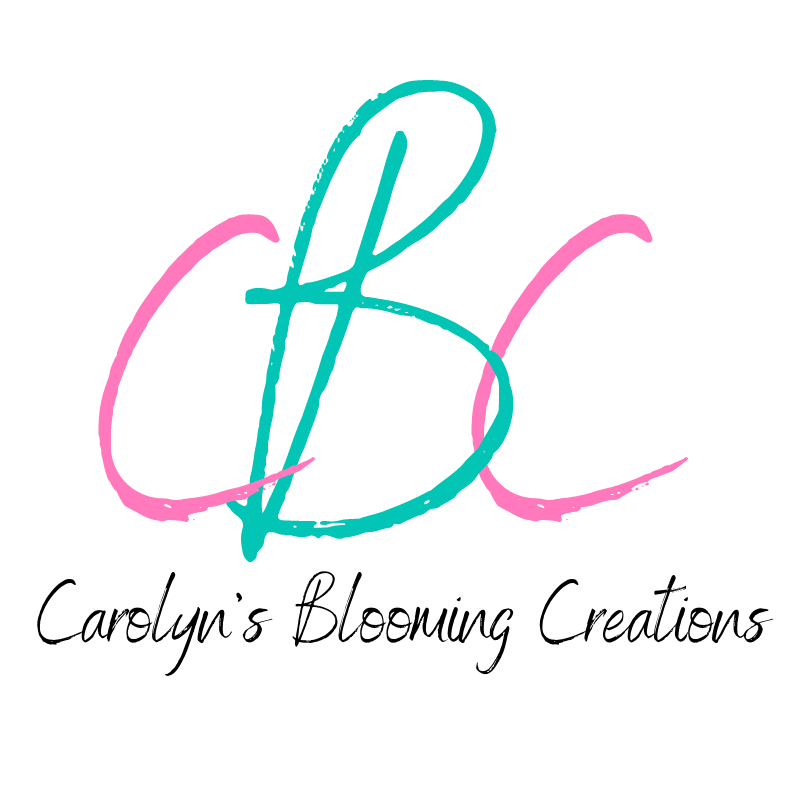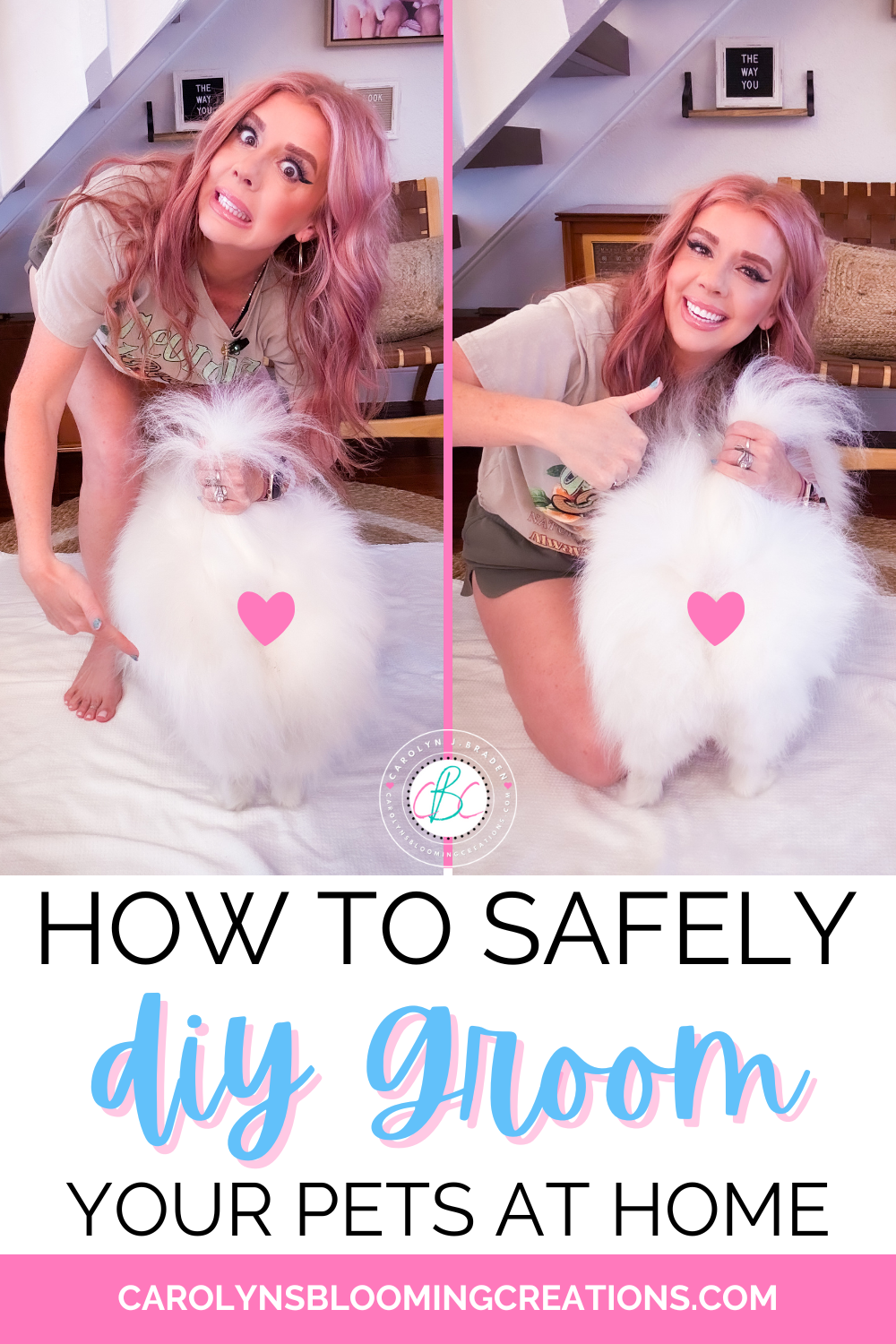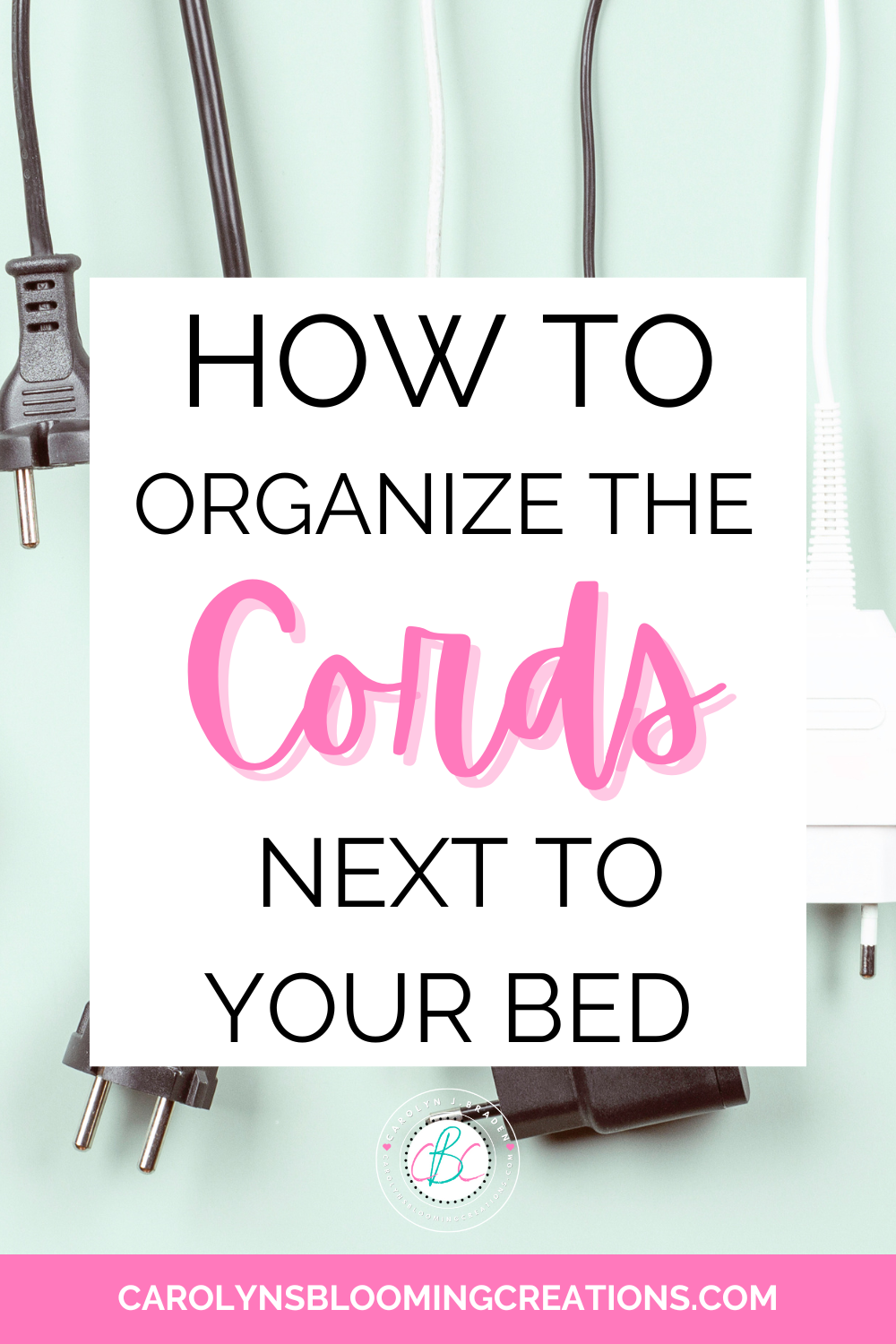C.J. Braden • 3 Minute Read
DIY Upcycled Furniture: Common Mistakes To Avoid
People are always looking for ways to save money, and the easiest way to do this is by upcycling furniture. As long as you know what you are doing, it can be a cheap and easy project that yields great results. Unfortunately, there are many people out there who have attempted to upcycle furniture without knowing what they were doing.
We’ve recovered and painted a few household items over the years and wanted to give you some of our top tips and tricks that will help all your upcycling furniture projects turn out great! Here are some of the most common mistakes made when upcycling furniture.
Vintage Upholstered Chair
1- Not Considering the Fabric Choice
One of the most important decisions you will make when upcycling furniture is the fabric choice. The wrong fabric can completely ruin a piece of furniture, so it’s important to take your time and choose wisely. If you are not sure what to choose, ask for help from your local upholstery shop. They will be able to recommend fabrics for you based on the original look of the furniture, as well as its condition and age.
Robin Egg Blue Chalk Painted Chair
2-Not Choosing The Right Paint
Choosing the right kind of paint is crucial when upcycling wooden furniture. You can't just use emulsion that you would put on your walls, for example, because it won't bond properly and the finish won't look right. Using acrylic paint on wood works well, and there are plenty of oil-based furniture paints out there.
Chalk paint is also a popular choice for furniture. Whenever you are buying paint, always check the directions on the can before starting. Many chalk paints need only minor furniture preparation, such as a light cleaning, making it a fast upcycle project tool. See number four for more furniture painting preparation tips.
If you are loving this article, we think you’ll love this one too: Easy DIY Phone Chair Makeover
3- Using The Wrong Tools
There are many tools that can help make an upcycling project easier (and look better). It’s important to choose the right tool for each job, or else it could lead to mistakes like cracked paint finishes. The most common tools used when upcycling old furniture include screwdrivers, chisels, sandpaper, and files.
If a particular task requires higher precision than what is offered by these basic tools, invest in some more specialized gear such as special drills or saw blades designed specifically for woodworking projects. These will make the task at hand easier and produce better results.
Modern Painted Dresser
4- Not Prepping the Furniture Properly
One of the biggest mistakes people make when upcycling furniture is not properly preparing the furniture before they start painting or sanding it. If you do not take the time to remove all of the old paint, varnish, and other finishes from the furniture, then your new finish will not look as good as it could have.
Try painting a dresser and using it as a planter
The same goes for sanding – if you do not remove all of the dirt, dust, and debris from the surface of the wood, your finished product will be covered in scratches. Always take the time to properly prepare the furniture before you start working on it or you won't be happy with the end result. The only exception to this is when using chalk paint as it can be painted onto furniture without much preparation at all, but it still needs to be cleaned.
Upcycling furniture doesn't have to be difficult, but you do have to be prepared. Don't rush into things without doing a bit of research first and always make sure that you use the right tools. Doing things right the first time and avoiding these mistakes will give you much better results.
C.J. (Carolyn) Braden is a regular contributor and editor for Carolyn’s Blooming Creations. She has been featured in numerous media publications such as InStyle Magazine, on HGTV, on Bustle.com, and more. She is the author of the books Georgia McMasters in Amethyst Lake Cemetery, How To Be Yourself: 3 Little Ways to Get Back To You Being You, and the illustrator for the children’s book Bridging Connections. She is a former classroom teacher that now dedicates her life to educating others on how to live their most healthy, creative and happy life. Learn more about her visiting our About Us page.
This is a collaborative post and may contain affiliate links. All opinions and ideas expressed in this post, however, are based on my personal point of view.





































